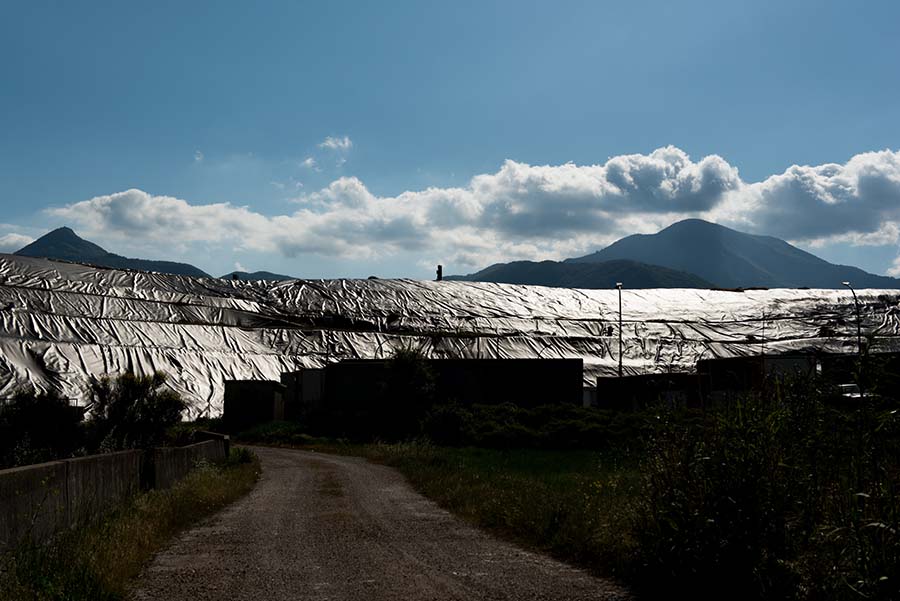There is more to shopping for a landfill cover than just selecting materials. While it is important to select a material capable of handling the UV rays and rough surfaces of a landfill cell, it is also a good idea to consider what the manufacturer of the cover can offer beyond just the right polymers. Some cover manufacturers go the extra mile and can provide a nearly finished product ready to use, while others only ship rolls of material in fixed sizes and expect you to finish the cover yourself. You may be able to get all sorts of extra help designing and creating the landfill rain cover you need without paying any more just by looking for the right partner. Consider the following features of a long-lasting landfill rain cover when shopping around for your project.
Custom fabrication options
First, look for a company with the facilities for custom fabrication. It is less work to only produce rolls of limited width, so many manufacturers simply list roll sizes and expect you to work with what they offer. Custom fabrication requires large open warehouse space for working with wide liners, but it results in the ability to create practically seamless sheets of material. Factory seam sealing is far more reliable than on-site services, resulting in a cover that is unlikely to leak while stretching across the entire face in one continuous sheet. This offers the best runoff control when the weight of accumulated water starts to make the cover material sag in places.
Seam sealing methods
If it is impractical to order a custom-fabricated sheet in the size you need, consider the difficulty of seam sealing on-site. This is particularly applicable to permanent rain covers for landfills, but it can also apply to temporary covers that must be fabricated to fit. Some materials can only be chemically welded, which is an inferior method that tends to leak and wears out over time. Heat-based welding is a preferable technique, but it does not work with all cover materials. Reinforced polyethylene (RPE) is a good choice because it can be sealed with almost any technique on-site, allowing for the creation of reliable seams that won’t leak when the liner is under pressure.
Edge reinforcement
Since daily covers are spread out over the surface of the compacted working face at the end of each day, they need reinforcements along the edges to create convenient points to spread them. This is especially important if you plan to use automated roller or spreader bar equipment rather than manual labor and heavy equipment. Yet, even manually spread tarps need channels or grommets to attach them to the anchoring system used to keep the material from flying away. Even the smallest landfill cells tend to feature poles or spikes around the perimeter of the working face to attach the cover to if geomembranes are in use. Look for a manufacturer that can create the pole channels or other features you need for edge reinforcement, so there is no need to do it on-site and deal with uneven or weak results.

UV exposure
Check into the amount of UV exposure a particular cover is warrantied for, especially when planning to use it as an exposed permanent cover or temporary rain cover. Buried permanent covers are rarely exposed to much UV, but all other landfill covers tend to receive a lot of wear and tear from the sun. Sun exposure typically shortens the lifespan of covers more than any other factor, even more than the constant folding and unfolding of the material. Choosing a material warrantied for multiple years of UV exposure is the key. Some warranties for cover materials can last five years or more, ensuring there is no need to constantly replace the covers just because they are receiving a lot of sun exposure on a daily basis.
Rip and tear resistance
Few other tarps or covers are stretched across such a punishing landscape as the landfill rain cover. Even with careful compaction and a layer of soil over the top, the fresh face of a working cell is highly uneven and irregular. Every little bit of metal, rock or plastic that pokes up from the smoothed face can catch the cover material and tear it. Reinforced cover materials are a must for this reason. The addition of a woven scrim or fiber tape helps add tear and puncture resistance while making the material easier to lay flat across the surface and smooth out. This means both fewer chances of a tear that creates a leak and less struggle to get the cover well-adhered to the surface so that wind cannot lift it.
Color
Finally, the exact color of the cover material may make a big difference in both its efficacy and safety. Heat control is a major concern at most landfills, especially during the summer and in warmer climates. The breakdown of organic material within the compacted cell generates a lot of heat on its own, and the addition of a black cover can push that temperature even higher. This is especially true when temporarily covering a cell for more than just the evening. White covers are often preferred in the landfill industry for heat control. It can also help with visibility and insect deterrence since many insects are less attracted to white colors than black. If heat control is not a concern, black cover materials are likely to work just as well as harder-to-find white ones.
This article originally appeared on the BTL Liners blog, https://www.btlliners.com/blog.
 TEXTILES.ORG
TEXTILES.ORG


